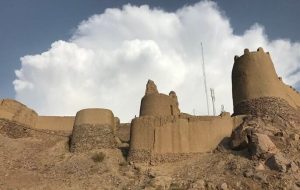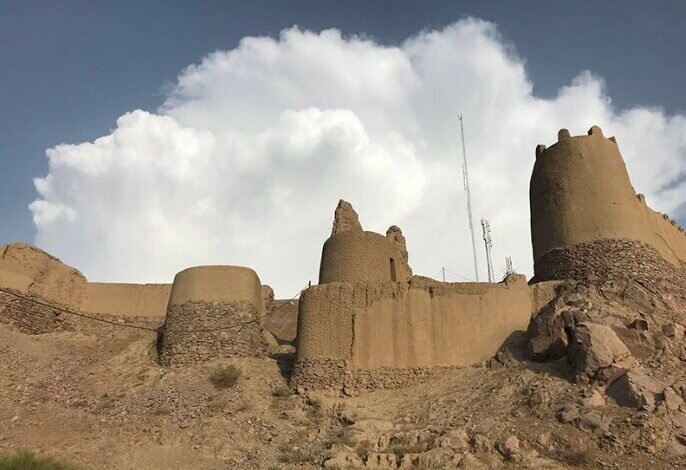Centuries-old Kahnuj Fortress undergoes restoration
TEHRAN- A new season of restoration work has commenced on the centuries-old Kahnuj Fortress in southern Kerman province, a provincial tourism chief has said. A budget of nine billion rials ($15,000) has been allocated to the project, which aims to strengthen the fortress’ overall structure and repair the damaged parts, CHTN quoted Nader Alidadi as


TEHRAN- A new season of restoration work has commenced on the centuries-old Kahnuj Fortress in southern Kerman province, a provincial tourism chief has said.
A budget of nine billion rials ($15,000) has been allocated to the project, which aims to strengthen the fortress’ overall structure and repair the damaged parts, CHTN quoted Nader Alidadi as saying on Tuesday.
The ancient Kahnuj Castle is one of the few historical structures in the southern Kerman province, he said and added: “This historical site is situated on the heights of a hill in the northeastern to eastern part of the city of Kahnuj.”
He also emphasized that archaeological documents date the history of the castle to the 4th century AH, contemporaneous with the Manujan Castle and the ancient city of Jiroft, noting that there have been additions and modifications in later periods, including the flourishing of the castle during the Qajar era and into the early Pahlavi period.
From ancient to modern times, defensive walls have often been deemed essential for cities to endure in an ever-evolving landscape marked by invasion and conquest.
These fortifications served as critical barriers against potential attackers, embodying the architectural ingenuity of their time. Fortresses were designed primarily to defend territories during warfare; however, they also played an important role in consolidating power and authority in a region during peacetime. This dual purpose made them vital for the political stability and social cohesion of communities.
Many fortifications of the ancient world were constructed from mud brick, utilizing locally available materials to create impressive structures that could withstand sieges.
Unfortunately, over the centuries, many of these mud-brick fortifications have weathered and eroded, often leaving behind little more than mounds of dirt for today’s archaeologists. These remnants tell a story of resilience and adaptation, providing invaluable insights into the societies that built them and their responses to external threats and challenges.
Kerman province is something of a cultural melting pot, blending various regional cultures over time. It is also home to rich tourist spots and historical sites, including bazaars, mosques, caravanserais and ruins of ancient urban areas. Kerman is bounded by the provinces of Fars in the west, Yazd in the north, South Khorasan in the northeast, Sistan-Baluchestan in the east, and Hormozgan in the south. It includes the southern part of the central Iranian desert, the Dasht-e Lut.
SAB/
